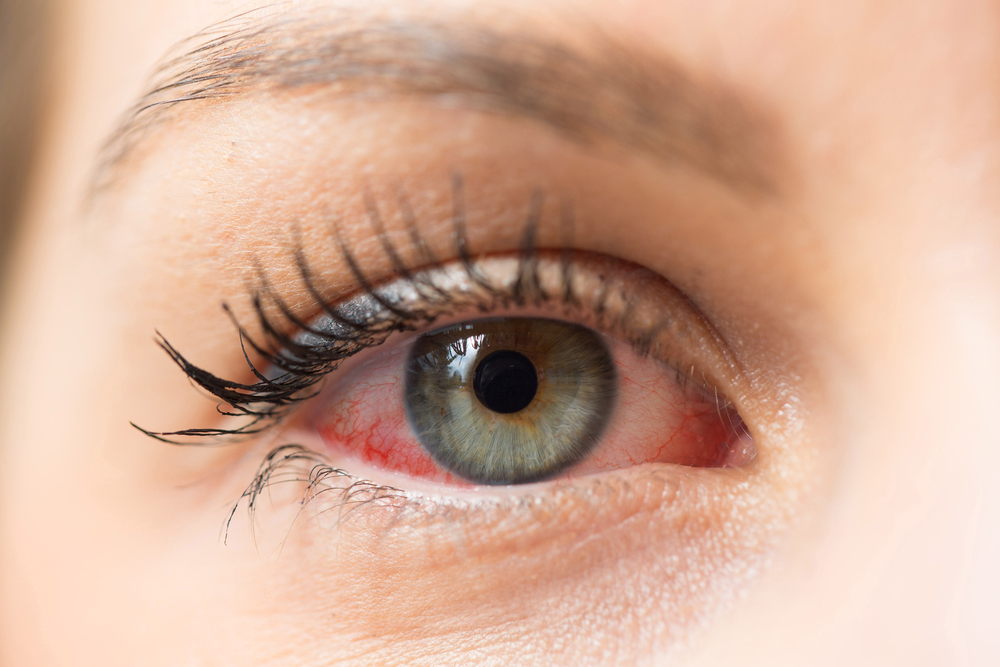 Do you frequently have itchy, uncomfortable eyes? The most likely culprit is chronic dry eye, a common eye condition where your eyes are unable to lubricate themselves sufficiently, either due to low tear production or tears that evaporate off the eye’s surface too quickly.
Do you frequently have itchy, uncomfortable eyes? The most likely culprit is chronic dry eye, a common eye condition where your eyes are unable to lubricate themselves sufficiently, either due to low tear production or tears that evaporate off the eye’s surface too quickly.
At Wiles Eye Center, our award-winning team of eye doctors — Dr. Stephen Wiles, Dr. Rachel Tischinski, and Dr. Erin Gilliland — have helped many patients to overcome the unpleasant symptoms of dry eye. In this blog, they discuss many of the potential causes of dry eye, as well as some of the treatments used to minimize dry eye irritation.
Contributing Factors to Dry Eye
A long, but not exhaustive list of the biological and environmental factors that contribute to the development of dry eye includes:
- Older age
- Digital strain from prolonged staring at a computer/phone screen
- Allergies
- Wearing contact lenses
- Inflamed eyelids
- Wind
- Tears that evaporate from the eye’s surface quicker than normal
- Low rate of blinking
- Medication use (particularly antihistamines and antidepressants)
- Hormonal imbalance (which can occur during menopause, pregnancy, or while taking birth control)
- Use of air conditioner or heater
- Dry climate
- Smoke
- Immune disorders like lupus or rheumatoid arthritis
Often, dry eye occurs due to a combination of these factors. Since some of these environmental factors can be changed, patients find success in overcoming dry eye with some lifestyle modifications. For those who cannot get their dry eye under control on their own, treatment is the best solution.
Seek Treatment for Dry Eye
Many people with chronic dry eye choose to ignore their symptoms, but dealing with this discomfort on a regular basis is unnecessary. When dry eye is mild, lubricating the eyes with over-the-counter drops is often successful. However, in moderate to severe cases, prescription drops like Restatis or Xiidra are more effective. Punctal plugs, which are inserts that block tear ducts to prevent tears from leaving the eyes prematurely, are also highly effective.
For many serious cases of dry eye, the root cause is meibomian gland dysfunction (MGD). The meibomian glands produce an oil that prevents the tears from evaporating too quickly. These glands can be unblocked with LipiFlow, a popular treatment that uses thermal pulsation.
Schedule an Appointment
Ultimately, the best treatment for your chronic dry eye depends on the root cause. Our talented eye doctors can diagnose the problem and suggest the appropriate treatment for lasting relief. To make an appointment at Wiles Eye Center, please call 816-455-2020 (Kansas City) or 816-279-7015 (St. Joseph).

Comments are closed here.